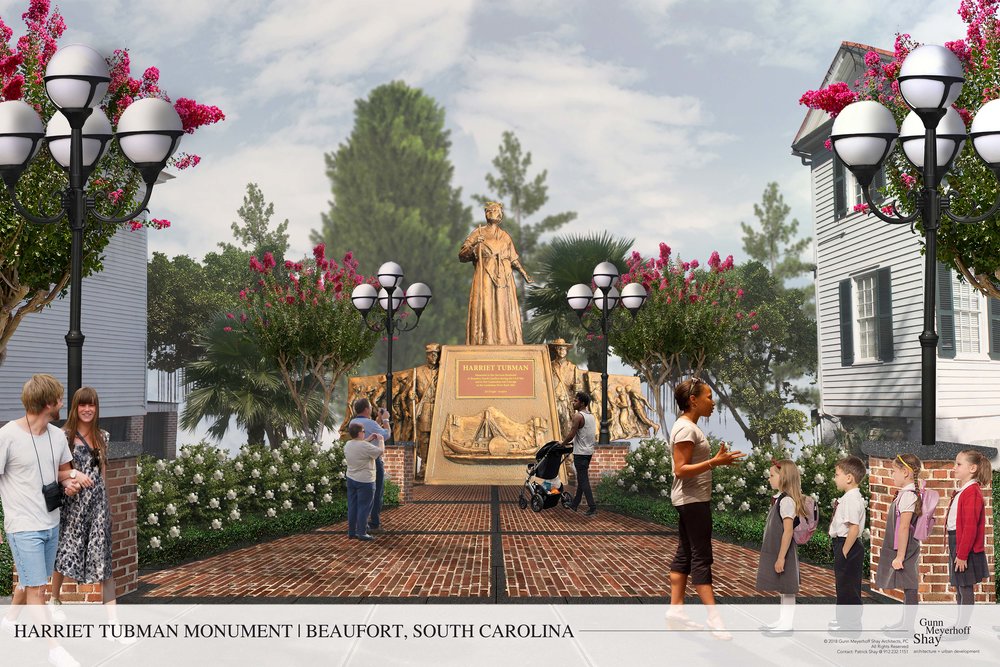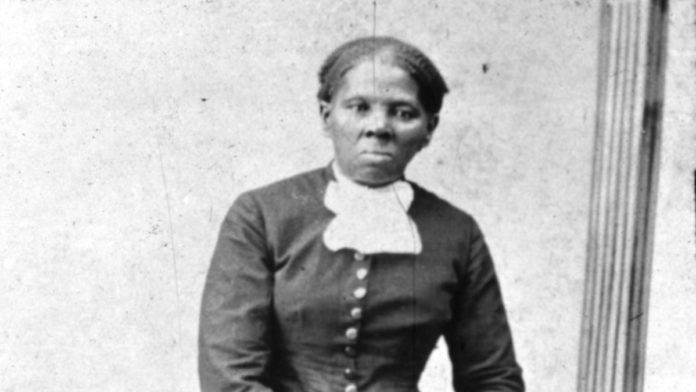The push is back on to have Harriet Tubman placed on the $20 bill, according to the White House and Treasury on Monday, saying the move would reflect U.S. history and diversity.
The redesigned bill was initially to be unveiled in 2020, but those efforts were delayed by the Treasury after former President Donald Trump called them an example of “pure political correctness.”
On Monday, White House Press Secretary Jen Psaki said the Treasury was revisiting the effort, which was first announced 2016 under former President Barack Obama.
“It’s important that our notes are… reflective of the history and diversity of our country and Harriet Tubman’s image gracing the new $20 note would certainly reflect that,” Psaki said. “So we are exploring ways to speed up that effort.”
Treasury spokeswoman Alexandra LaManna said a fresh push to put Tubman’s image on the widely used $20 bill was underway.
It was not immediately clear how much that push could be accelerated given the complexity of redesigning a new bill with the needed counterfeiting and security features.
Under the plans announced in 2016, Tubman, who was born into slavery and grew up on a Maryland plantation before escaping in her late 20s, would replace Andrew Jackson, the seventh president of the United States, on the front of the $20 bill.
Tubman returned to the South many times to help hundreds of slaves to freedom and later worked as a Union spy during the Civil War. She died in 1913.
Tubman has ties to the Lowcountry and to Beaufort itself and a planned National Harriet Tubman Monument is scheduled to be erected at the Tabernacle Baptist Church on downtown Beaufort’s Craven Street.
According to the Harriet Tubman Monument website, she was prolific in these parts.
“In the spring of 1862, Harriet Tubman decided to go to the South Carolina Sea Islands to help alleviate the suffering of a people abruptly freed and in need of the basic necessities of life,” the site says.

“In Beaufort Harriet Tubman served the Union army in many capacities. She served as a scout, spy, and nurse and assisted in the recruitment of black soldiers. Tubman also ran an ‘eating house’ in Beaufort. She established a ‘wash house’ where she taught newly freed women to do washing, sewing, and baking for the Union soldiers to become self-sufficient.”
She was also famous locally in the Lowcountry for her brave Combahee River Raid. In 1863 Tubman gained vital information about the placement of torpedoes along the Combahee River. Three Union gunboats were able to navigate the river because of the information gained by her covert interactions with slaves along the river.
She led the gunboats to specific spots along the river where fugitive slaves were awaiting rescue. The gunboats carried Union soldiers that were unloaded and succeeded in destroying several estates owned by prominent secessionists. As the soldiers were offloaded, slaves boarded the boats. That night, more than 700 slaves were rescued.
No women have been depicted on U.S. bills since former first lady Martha Washington, who was featured on the $1 silver certificate from 1891 to 1896, and Native American Pocahontas, who was part of a group image on the $20 bill from 1865 to 1869.
Other women, including Native American interpreter Sacagawea, suffragist Susan B. Anthony and author and activist Helen Keller have been featured on coins, but Harriet Tubman gets the $20.
In the redesign announced back in 2016, President Andrew Jackson’s image would have remained on the back of the $20 bill, with the front changed to Harriet Tubman’s image….giving her the recognition she truly deserves.










